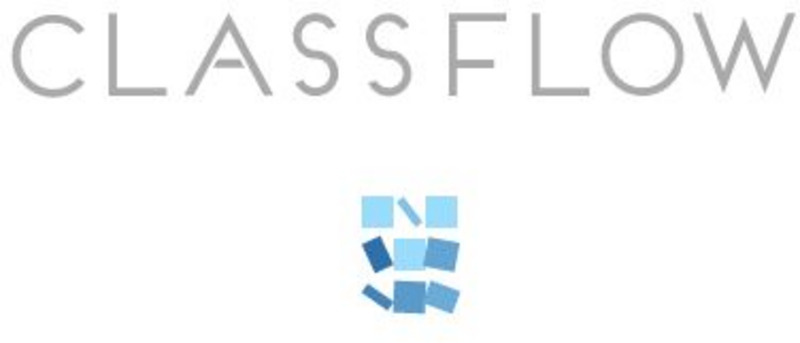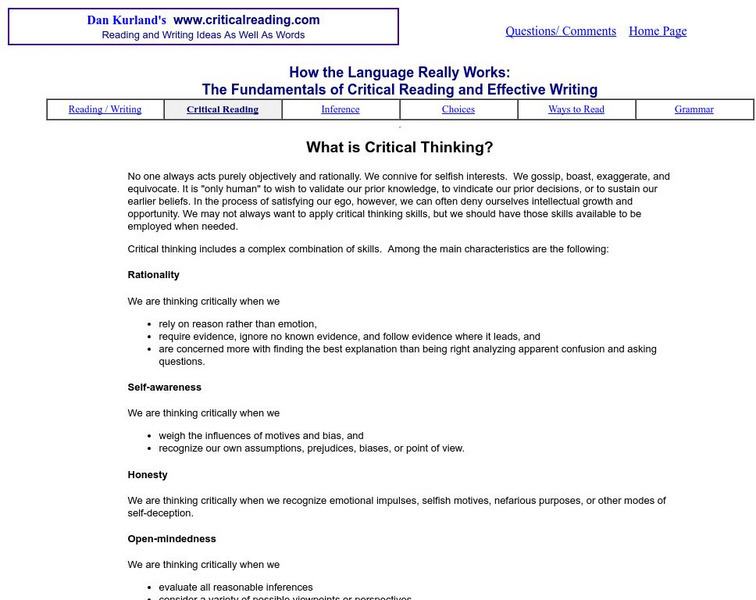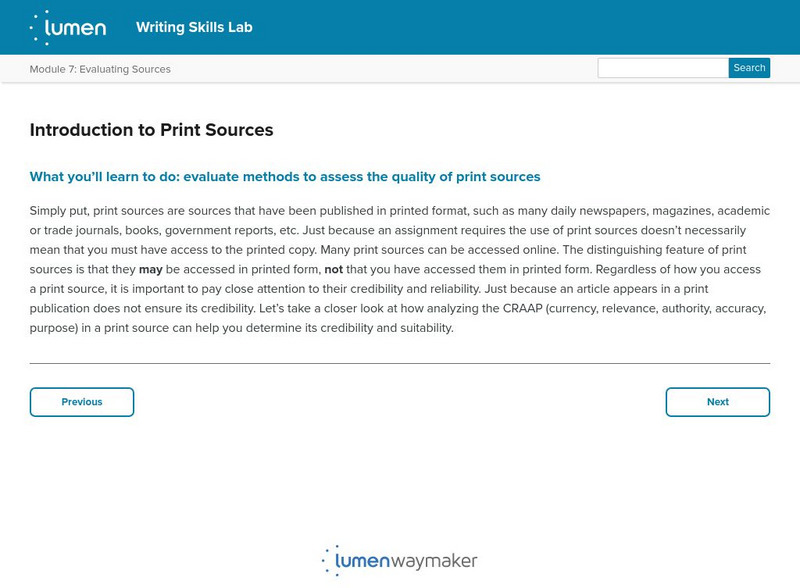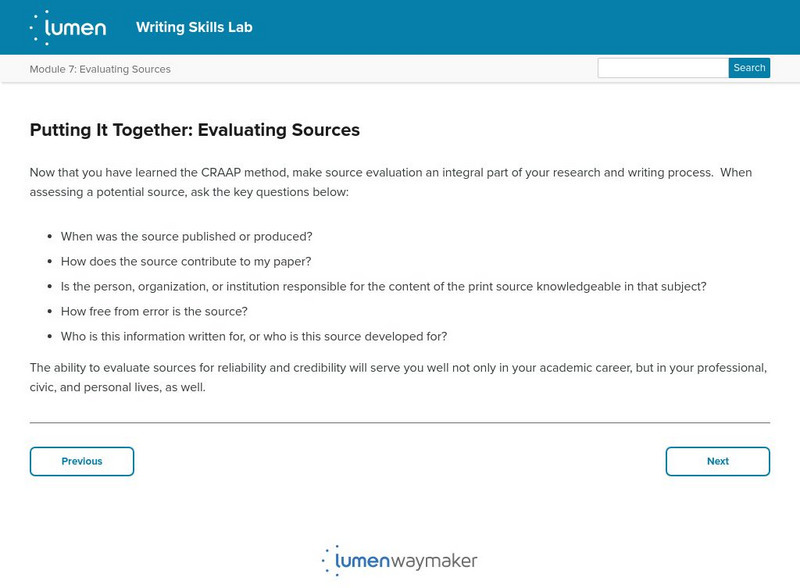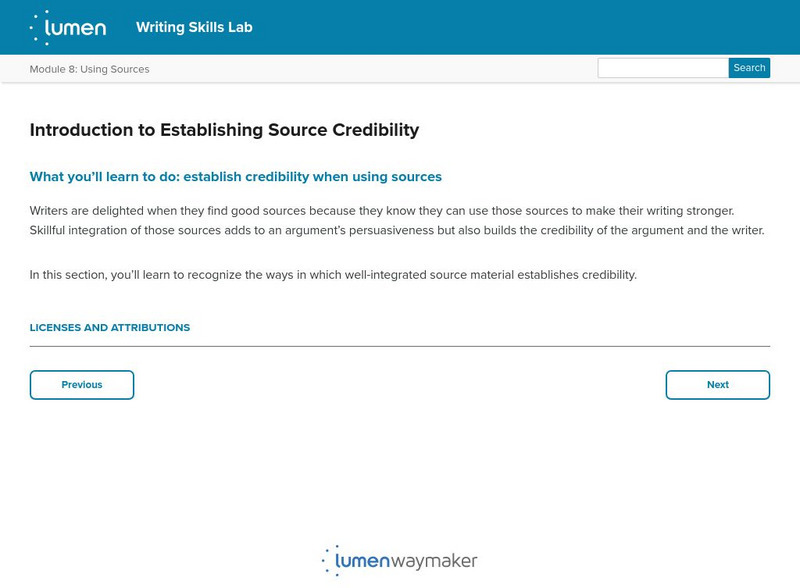ClassFlow
Class Flow: Primary Source Interpreting Media Photos
[Free Registration/Login Required] In this flipchart teachers can share primary source photos with students who will take part in an activity to interpret them.
ClassFlow
Class Flow: Features of a Newspaper
[Free Registration/Login Required] A flipchart that examines the way in which newspapers and articles are constructed. The end of the flipchart focuses specifically on the battle of Glencoe, but the majority of the flipchart has much...
ClassFlow
Class Flow: Becoming an Effective Listener
[Free Registration/Login Required] This flipchart focuses on the traits of an effective listener and the identification of popular logical fallacies and propaganda techniques. In addition, there is an Activote at the end to check student...
ClassFlow
Class Flow: Fact and Opinion
[Free Registration/Login Required] Designed for grade 6, this flipchart covers the differences between fact and opinion. Students will analyze statements to determine if they are a fact or if they are an opinion.
Other
Critical Reading: How the Language Really Works: What's Critical Thinking?
Reading and writing are essentially thinking. This site examines the aspects of critical thinking, including rationality, self-awareness, honesty, open-mindedness, discipline, and judgment. RI.11-12.10a Text Complexity
McGraw Hill
Glencoe: Recognizing Propaganda: Loaded Language
Lesson plan designed for consumer health class, that is also useful for media literacy. Contains a link to an ad for an abdominal strengthening machine that provides the basis of the lesson. SL.9-10.2 eval & integrate sources
ClassFlow
Class Flow: Evaluate Site
[Free Registration/Login Required] This flipchart provides students with strategies for researching on the internet and how to tell if a resource is reputable. CCSS.ELA-Literacy.CCRA.R.7
Other
Thinking Skills in Education: Comparing Four Frameworks
An interesting article that discusses various types of thinking skills and why they are important in education.
Lumen Learning
Lumen: Evaluating Sources: Introduction to Print Sources
This is an introduction to evaluate methods to assess the quality of print sources such as daily newspapers, magazines, academic or trade journals, books, government reports, etc.
Lumen Learning
Lumen: Evaluating Sources: Putting It Together: Evaluating Sources
This is a summary of evaluating sources using the CAARP analysis method including questions to ask yourself about each source. W.9-10.8 Sources
Lumen Learning
Lumen: Using Sources: Introduction to Establishing Source Credibility
This is an introduction to establishing credibility by using appropriate integration of source material. Click on the Next button at the bottom right to get to more information about how to establish credibility through integration....
Other
Cuesta College: Interpreting What You Read
This site from Cuesta College provides both in-depth definitions of fact and opinion, and several clear examples of each.
Other
Wisewire: English La Grades 9 10 Playlist: Analyzing Different Mediums
This lesson plan works with students to analyze different mediums. RL.9-10.7 analyze 2 media.





